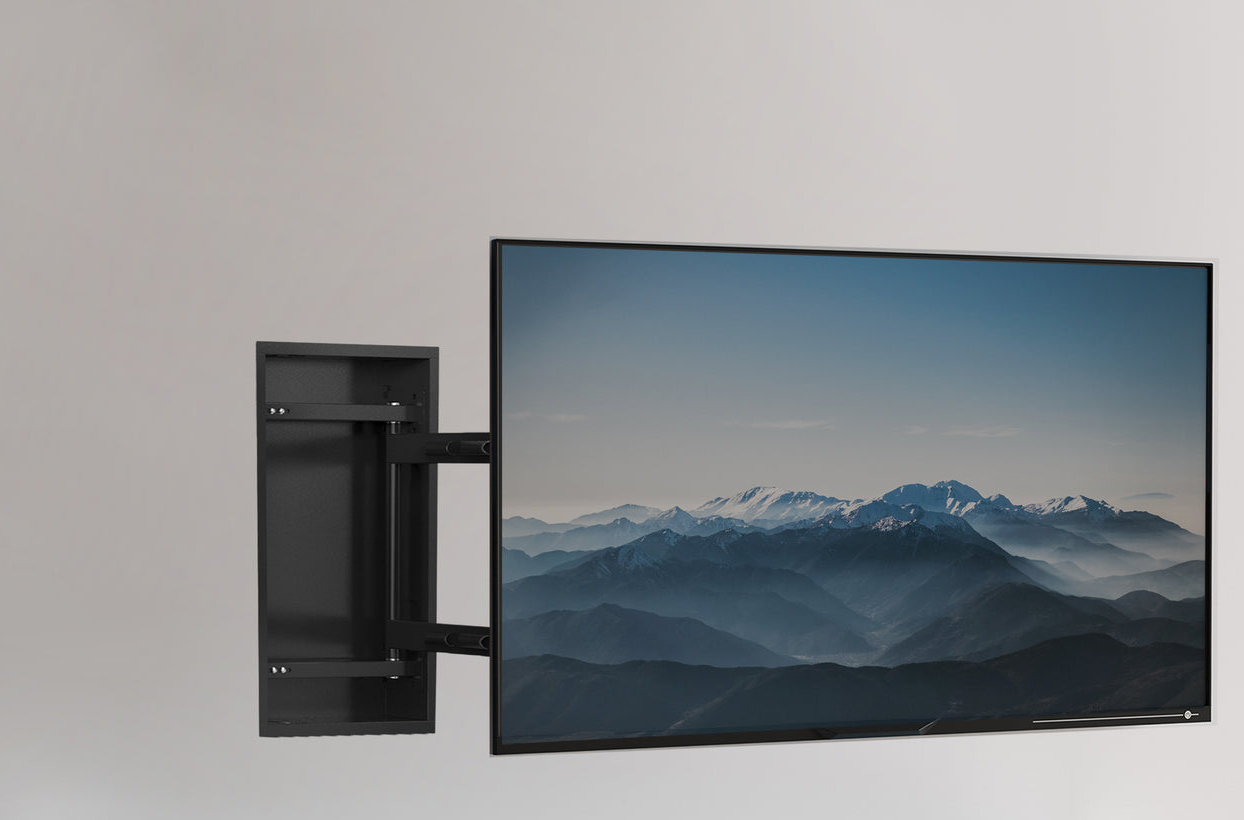The TV mount industry, once a niche segment of the home electronics market, is undergoing rapid transformation as consumer preferences and technological advancements collide. By 2025, experts predict a dynamic landscape shaped by smarter designs, sustainability imperatives, and evolving home entertainment ecosystems. Here’s a glimpse into the key trends redefining the sector.
1. Ultra-Thin, Ultra-Flexible Mounts for Next-Gen Displays
As TVs continue to slim down—with brands like Samsung and LG pushing boundaries with OLED and Micro-LED screens under 0.5 inches thick—mounts are adapting to prioritize both aesthetics and functionality. Fixed and low-profile mounts are gaining traction, catering to minimalist interior design trends. Meanwhile, motorized articulating mounts, which allow users to adjust screen angles via voice commands or smartphone apps, are expected to dominate premium markets. Companies like Sanus and Vogel’s are already integrating silent motors and AI-driven tilt mechanisms to align with smart home ecosystems.
2. Sustainability Takes Center Stage
With global e-waste concerns mounting, manufacturers are pivoting toward eco-friendly materials and circular production models. By 2025, over 40% of TV mounts are projected to incorporate recycled aluminum, bio-based polymers, or modular designs for easy disassembly. Startups like EcoMount are leading the charge, offering carbon-neutral mounts with lifetime warranties. Regulatory pressures, particularly in Europe, are accelerating this shift, with stricter mandates on recyclability and energy-efficient manufacturing processes.
3. Smart Integration and IoT Compatibility
The rise of the “connected living room” is driving demand for mounts that do more than hold screens. In 2025, expect to see mounts embedded with IoT sensors to monitor wall integrity, detect tilt anomalies, or even sync with ambient lighting systems. Brands like Milestone and Chief Manufacturing are experimenting with mounts that double as charging hubs for peripheral devices or include built-in cable management powered by wireless charging tech. Compatibility with voice assistants (e.g., Alexa, Google Home) will become a baseline expectation.
4. Commercial Demand Outpaces Residential Growth
While residential markets remain steady, the commercial sector—think hospitality, corporate offices, and healthcare—is emerging as a key growth driver. Hotels are investing in ultra-durable, tamper-proof mounts to enhance guest experiences, while hospitals seek antimicrobial-coated mounts for hygiene-critical environments. The global shift toward hybrid work is also fueling demand for conference room mounts with seamless video conferencing integration. Analysts project a 12% CAGR in commercial TV mount sales through 2025.
5. DIY vs. Professional Installation: A Shifting Balance
The DIY installation trend, fueled by YouTube tutorials and augmented reality (AR) apps, is reshaping consumer behavior. Companies like Mount-It! are packaging mounts with QR-code-linked 3D installation guides, reducing reliance on professional services. However, luxury and large-scale installations (e.g., 85-inch+ TVs) still favor certified technicians, creating a bifurcated market. Startups like Peer are disrupting this space with on-demand handyman platforms specializing in smart home setups.
6. Regional Market Dynamics
North America and Europe will continue to lead in revenue, driven by high disposable incomes and smart home adoption. However, Asia-Pacific is poised for explosive growth, particularly in India and Southeast Asia, where urbanization and a booming middle class are spurring demand for affordable, space-saving solutions. Chinese manufacturers like NB North Bayou are leveraging cost efficiencies to capture emerging markets, while Western brands focus on premium innovations.
The Road Ahead
By 2025, the TV mount industry will no longer be an afterthought but a critical component of the connected home and commercial infrastructure. Challenges remain—including supply chain uncertainties and price sensitivity in developing regions—but innovation in materials, smart tech, and sustainability will keep the sector on an upward trajectory. As TVs evolve, so too will the mounts that hold them, transforming from static hardware into intelligent, adaptive systems.
Post time: Mar-21-2025


